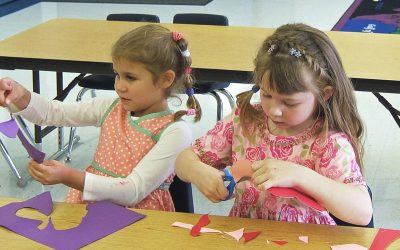Recreational, physical, and creative activities are the stuff of exciting adventures!
Here are 10 suggestions so parents can help their kids have fun-filled leisure and collaborative experiences. (Summer, autumn, winter, and spring!)
1. STOKE CREATIVITY.
Invite inquiry. Encourage kids to embrace and stretch their curiosity and the imagination—to build upon what they already know, brainstorm with others, and devise different and unexpected ideas for family fun.
2. SHOW ENTHUSIASM FOR CHILDREN’S INTERESTS.
These may change, and that’s okay. Welcome opportunities to try new or unique activities, or challenging ones that kids may be unsure about, or don’t have a chance to pursue during the school year.
3. ACQUIRE THE STUFF YOU NEED.
Co-create a family plan to get provisions you may want, such as sports equipment, art supplies, picnic accessories, or camping gear. What materials might fuel interests and creative impulses?
4. BE AVAILABLE.
Make time for various possibilities. What matters to your children. Music? Team sports? Swimming? Community-based volunteering? Family gatherings? Observe, listen, respond. Consider impactful factors such as scheduling, financial constraints, or other matters that may require juggling.
5. ENCOURAGE CHILDREN’S AUTONOMY.
Empower kids to actively participate in decision-making processes that relate to what to do, whom to visit, or where to go. Check out options together, while fostering independence and forward momentum.
6. DON’T UNDERESTIMATE THE IMPORTANCE OF PHYSICAL ACTIVITY.
Model an energetic lifestyle, including spending more time outdoors in the fresh air. Physical activity and regular exercise lead to better health.
7. UP THE ANTE ON TOGETHERNESS.
Being playful enhances everyone’s well-being! For example, you could embark on a family scavenger hunt, construct a fort, star gaze, build and fly kites, or set up a garage sale. Appreciate the beauty of natural settings such as forests, beaches, farms, meadows, conservation areas, and the many wonders therein.
8. REDUCE TECH TENDENCIES.
When academic responsibilities subside, children may want to spend more time gaming, or on their devices. Moderation is key. Chat about what’s fair and realistic, and how to set and adhere to boundaries.
9. AVOID OVERSCHEDULING.
Maintain a manageable pace. Kids may need help learning to prioritize—that is, deciding which sports, arts, practice sessions, or other activities to pursue, and when. Reading, rest, relaxation, and daydreaming are also important.
10. PAY ATTENTION TO ROUTINES AND CONSISTENCY.
Children function best with stability and guidance. As kids move from one season to the next, try to retain the natural rhythms of family life and daily dynamics.
LAST WORDS
Co-create opportunities for playful, happy discovery.
It’s important for kids to have down-time, and to engage in exploration, imaginative play, and invention. Encourage their curiosity, and participation in new and appropriately challenging experiences.
Discuss and create plans for maximum fun—and enjoy the times ahead!
AUTHOR’S NOTE:
This piece is updated from an article that I wrote that was featured in issues of Best Version Media’s Neighbours Magazines, and distributed across Ontario, Canada and beyond.
For additional ideas, any time of year, see Motivating Activities for Children (on my Blog Page), as well as the articles Children’s Downtime: Opportunities for Creativity, Engagement, and Self-Discovery, and Explorations and Discoveries (on my Resources Page). There’s also information in my newsletter, including the piece Let’s Play! and more. Subscribe here!








